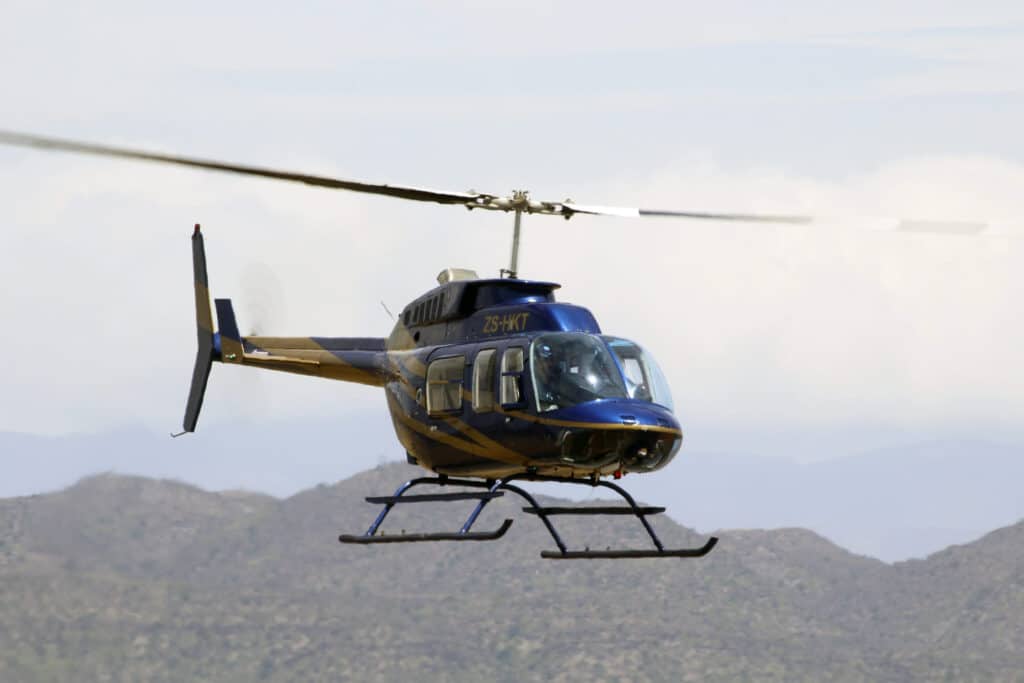Virtual Reality will Help Bell Helicopter Bring its Next Airframe to Life
Bell, an innovative aircraft manufacturer, is keen to remain at the forefront of the aviation industry. That’s why it came as no surprise when, in 2017, they announced that they’d be using augmented reality to develop a concept helicopter. Now, three years later, Bell Helicopter has brought their vision to life. Levi Bilbrey and Cameron Ayres, two members of Bell’s team, stated that the technology they employed ushered in the notion of “3D space.”
Ayres and Bilbrey were also eager to mention how much these digital advancements promoted productivity, creativity, and efficiency. Best of all, with virtual reality, Bell’s team could tweak their designs using real-time human feedback. From altering dimensions to enhancing the aesthetic, Bell’s design and engineering experts could make an assortment of changes rapidly. Moreover, they discovered that a pilot could communicate directly with a designer from inside the aircraft using a VR device and camera.
Bilbrey was particularly impressed by how seamless it was to access the physical space and make modifications from within. In the past, Bilbrey maintains that the design process was cumbersome, requiring a physical model to be built from cardboard or foam before advancing. Thanks to virtual reality, Bell managed to swiftly improve the design without hindering progress. Most notably, Bilbrey claims that the technology they used fostered greater collaboration.
With VR at their disposal, Bell was able to coordinate design aspects with engineering elements effortlessly. In essence, communicating with the other party became simpler, which proved advantageous to both sides. Bilbrey states that the meshing of the two created a “holistic brain.” While the design team was typically more focused on using the right side of the brain, the engineering squad often harnessed the left. With virtual reality, their expertise harmoniously intertwined, giving rise to a modern aircraft that impressed the masses.
While Bell was grateful for the increase in production and speed that VR promised, what they found even more rewarding was the opportunity it provided to create a user-friendly aircraft. The ability to receive prompt responses from the public enabled Bell to develop a more intuitive aircraft. It also made consumer engagement more “immediate and compelling.” With that said, Bell reaped the benefits of having such accessible feedback while crafting their concept helicopter. However, there were some obstacles that VR presented.
According to Bilbrey, virtual reality made it difficult for them to switch from traditional engineering to more progressive methods. In the hopes of making the transition more manageable, Bell formed an interactive council. Their duties consisted of promoting best practices, sharing information, and offering lessons on navigating VR software.
Given Bell’s success in developing an ultramodern helicopter, they’ve demonstrated how augmented reality can be a critical asset to airframe design and development going forward.
Procure Aerospace Fasteners from Aerospace Manufacturing (AMI)
AMI is an AS9100D:2016 and ISO:9001:2015 accredited, vertically integrated manufacturer of high strength, close tolerance aerospace pins, bolts, threaded rods, studs, screws, and built-to-print specials. Our clientele includes industry-leading OEMs like Boeing, Bombardier, DLA, General Electric, Lockheed Martin, and Sikorsky.
We are a Philips Screw licensee that specializes in both large and small runs. Whether you need a prototype or large runs for your assembly line, you can rely on AMI for rapid delivery and short lead-times.
Search our expansive inventory or launch your Custom Quote today!





